I was invited to speak on “Abortion, Religion and the Courts” at this year’s conference of the Religion Newswriters Association. I was happy to accept as it would give me a chance to interact with some influential writers who might cover the issue to which I have devoted my life, namely, ending abortion.
When I arrived at the conference, I saw in the exhibition area a sign that said: “Imagine No Religion” at the booth of the Freedom From Religion Foundation. Although it seemed like an organization determined to put religion writers out of work, the foundation not only had a booth at the conference, but its director of communications moderated a panel on which its director of strategic response was a member. Another panelist was an author whose upcoming book claims the religious right has evolved into a Christian nationalist movement determined to impose its norms on America.
In any event, I was aware there was a fair amount of anti-religion sentiment at the conference.
Danae King, the religion writer at the Columbus Dispatch, moderated the panel on which I was a presenter, and in fact it was she who invited me. The other panelists were pro-abortion women: Rabbi Hara Person, chief executive of the Central Conference of American Rabbis, and Elaina Ramsey, executive director of the Ohio Religious Coalition for Reproductive Choice, an organization perhaps best known for “blessing” abortion businesses.
Ms. King and the panelists and I shared a table at lunch. Everyone was very cordial. I hoped a meaningful dialogue would follow once we got to the dais.
Many of the audiences I speak to are primarily pro-life, or at least pro-life leaning but I saw no reason to soften my message for this presumably pro-abortion audience. Some of the points I stressed are topics I have written and spoken about extensively.
I reframed what journalists like to call “bans” and explained that these are laws that expand protections for the unborn. I spoke of Rachel’s Vineyard and the Silent No More Awareness Campaign, and how I know from my work as pastoral director of these groups that many women experience deep regret and devastating wounds after an abortion, sometimes with a delayed reaction of years or even decades.
I also said that when we talk about abortion in this country, we often talk about everything but abortion. I said that many write and speak about abortion without ever using the words, “arms, legs, heads, decapitation, dismemberment.” I said a pregnant woman is already a mother, and that abortion is not health care, in that it cures no disease but instead interferes with a natural process. Apparently, this was a bridge too far. Rabbi Person was the first to mention my “misogyny.” After that, there was very little useful dialogue. When the Q&A started, there was a lot of jostling for the microphone. Someone – a female – commented on “all the uteruses” that wanted to get their two cents in. Imagine if I had said that!!
One of those who questioned me claimed that my remarks were filled with hatred and vitriol, but failed to explain which ones and how they so qualified. I asked her to meet with me afterward to tell me, but predictably, she didn’t.
Several of those in attendance did take to Twitter immediately, to wonder why I was invited in the first place. I pointed out that maybe the reason was that the organizers value diversity.
Others complained about me for mentioning body parts. One reporter tweeted that she doesn’t write about blood and body parts because “it doesn’t happen.”
What does she think happens in an abortion? Does she think there’s no blood when a first-trimester baby is sucked into a cannula? Is she unaware that, as abortionists have testified under oath, the baby’s heart can still be beating inside that suction tube of a first-trimester abortion? Has she somehow shielded herself – journalist that she is — from knowing what a second-trimester abortion actually entails, that is, the dismemberment of a living human being?
One writer attacked me on Twitter and then blocked me. Another took RNA to task for inviting me because I clearly understood the issue much better than the other panelists!
These reactions to my talk reinforced my point: In this country, we are expert at talking around abortion but we very rarely talk about what exactly abortion is. The mainstream media will rally around #ShoutYourAbortion rhetoric but ignore the experiences of the women of Silent No More, who have been speaking publicly since 2002 (see AbortionTestimonies.com).
Journalists will write critically of every law passed to increase abortion facility oversight, but ignore the story completely when a woman dies from a legal abortion in an unregulated and sub-par facility. Most of the women who die are women of color; shouldn’t there be some outrage in the #BlackLivesMatter movement? There is none.
When I talk about abortion, I talk about its victims – the babies killed in the most brutal manner; the mothers who are killed or left with physical or emotional wounds; the fathers whose lives go off the rails following an abortion; the extended families and friends who are impacted. I even count abortionists themselves among abortion’s victims. The discovery of 2,246 aborted babies in the home of a recently deceased abortionist gives a glimpse of how killing for a living weighs on the soul and disfigures it.
These journalists, like everyone else, need to hear the truth about abortion. Clearly, those who attacked me were not ready or willing to do that, but I’m confident that many in the room, who listened quietly, will have some new things to think about the next time they write about abortion. Some may even realize that behind all the sanitized euphemisms about “reproductive justice” and “the right to choose” is a human being just a heartbeat away from a violent death.

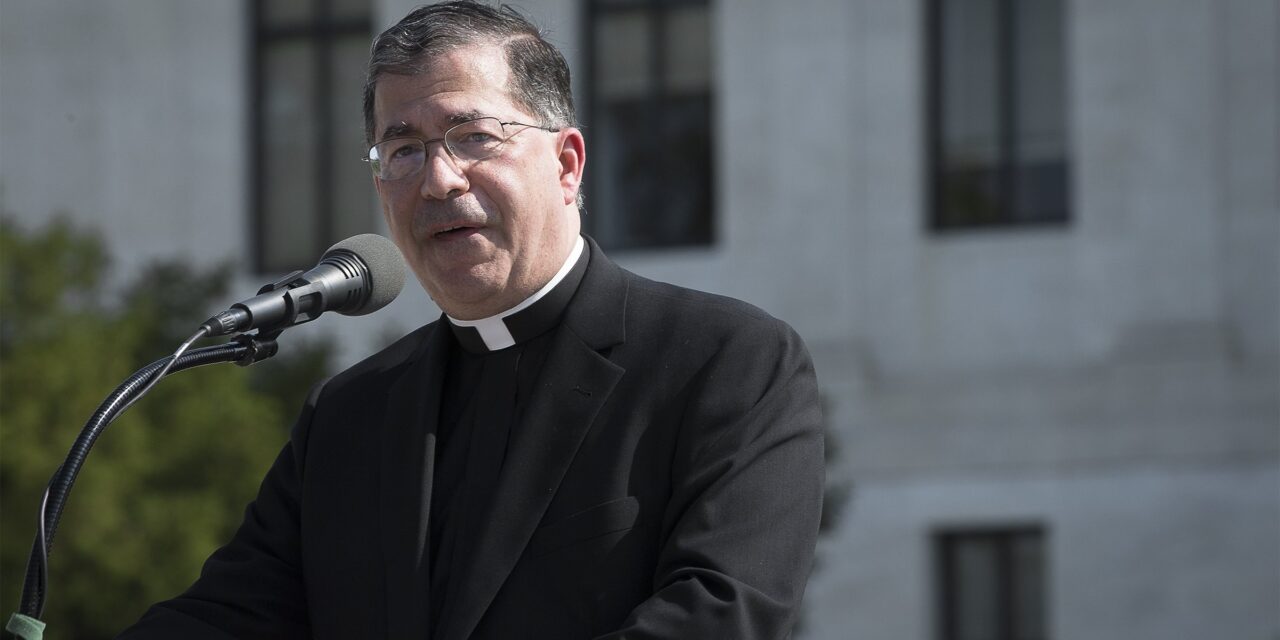
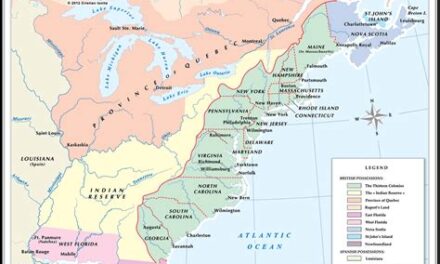
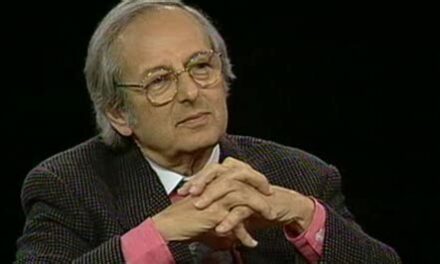
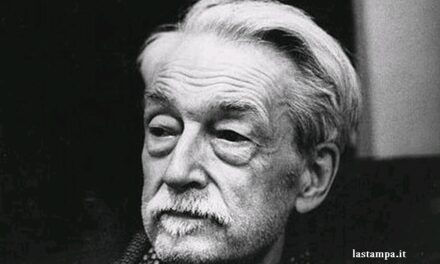
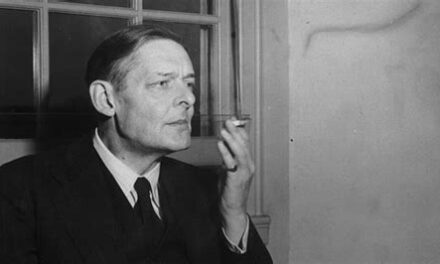









It’s true that people want to avoid the reality of abortion. We have to make sure we don’t let them forget. The babies are counting on us.
It’s true that pro-life people want to avoid the reality of GOPs stripping away programs supporting the babies as soon as they’re born. Cut back welfare and you put these babies lives in danger. Shame.
God Bless you Fr. Pavone for all your courage and efforts that are too little acknowledged or appreciated.
Will keep you in my prayers.
http://www.catholictradition.org/Classics/secret-rosary.htm
Your remarks here are exemplary. Thank you for your boldness and determination.
Father Frank does amazing work, we need more priests like him.
What a blessing to that event to have Fr. Pavone who is so kind and so well versed on the subject. Thank you Jesus! May all in attendance be edified and brought to a higher plane of humanity.